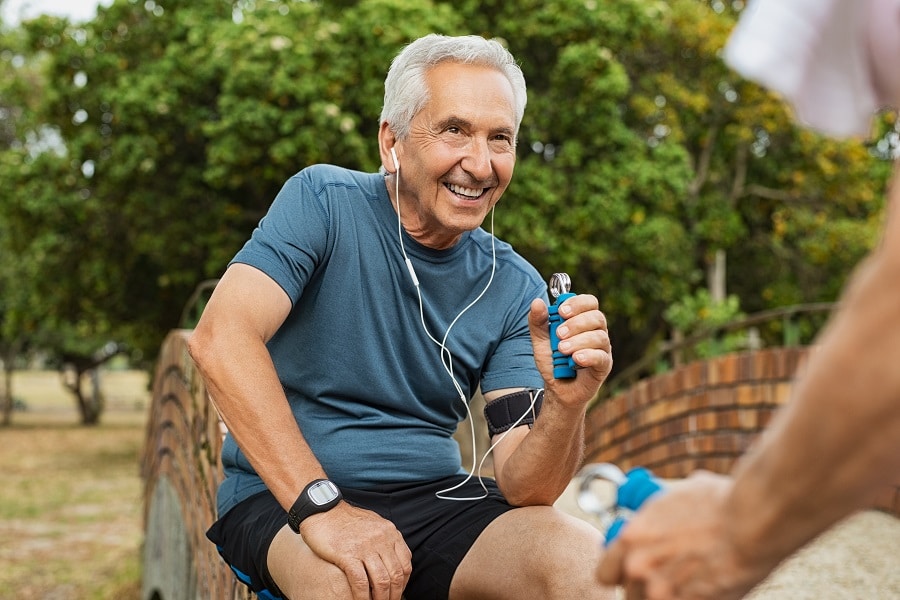Have you ever wondered why your body aches after a workout session, and even if you are a person who does not work out, merely sitting in a chair for 9 -10 hours also tends to strain your body, which is very harmful to the body, as it creates tension in your muscles. This post-workout ache is known as Delayed-Onset Muscle Soreness, a.k.a DOMS.
DOMS is caused by microscopic tearing of muscle fibers that are then repaired as part of the muscle growth process. The soreness is felt most strongly between 24 to 72 hours after exercising.
DOMS is especially common
- If you’re new to exercising.
- If you change your exercise routine.
- If you dramatically increase the intensity or duration of your exercise routine.
Post-workout muscle soreness is a part of muscle adaptation and development. It is something anyone and everyone who has ever worked out can relate to. The most common question is, can I avoid DOMS altogether? The answer is no, but some ways will help you prevent and reduce DOMS and help your muscles repair faster. Here are 8 ways in which you can treat muscle pain. They are easy to follow and can be done at home.
Contents
Stretch at the End of Your Workout
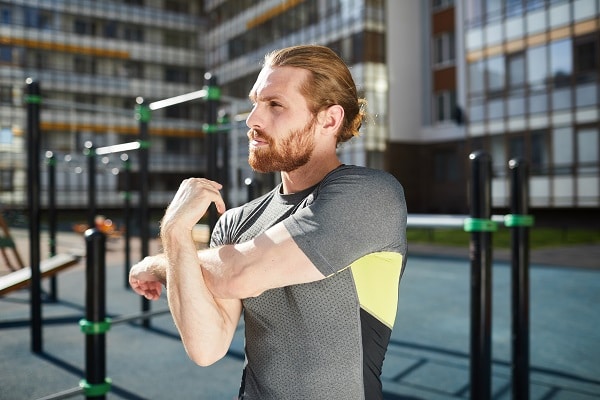
Studies show that stretching post-workout improves circulation. Increased blood flow to your muscles can help them heal more quickly. Blood flow also helps prevent muscle soreness and stiffness after a workout. It also helps your body relax gradually, which is very beneficial. So make sure to include 10-15 minutes of post-workout stretching in your session.
Soak in a Warm Bath
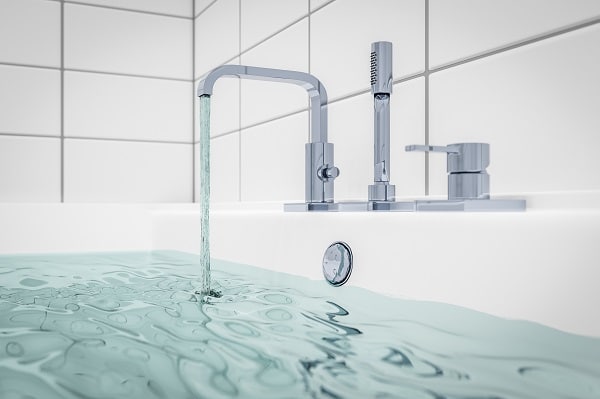
Warm water helps increase blood flow and loosen tight and sore muscles. It helps in relaxing your body and muscles. Studies have shown that heat and cold therapy promotes healing and muscle damage. It also gets you clean and prevents breakouts. So make sure to take a nice warm bath, but mind you, do not jump directly into a hot tub after the workout. Make sure your body has had time to cool down and you have returned to its resting temperature. In case your pain is isolated, you can apply direct heat, such as heat pads on that particular area. You can also add Epsom salt to your bath. Epsom salt contains magnesium and other compounds that absorb into your body and reduce aches and pains caused by tension and inflammation.
Massage Your Sore Spots

Studies have shown that massages are effective in reducing stress, pain, and muscle tension. Massages also reduce the production of compounds known as cytokines, which play a significant role in inflammation due to working out. Swedish massage is the best massage therapy for those who work out regularly. It helps relax your body, improves blood flow, and enhances muscle recovery.
Foam Roller
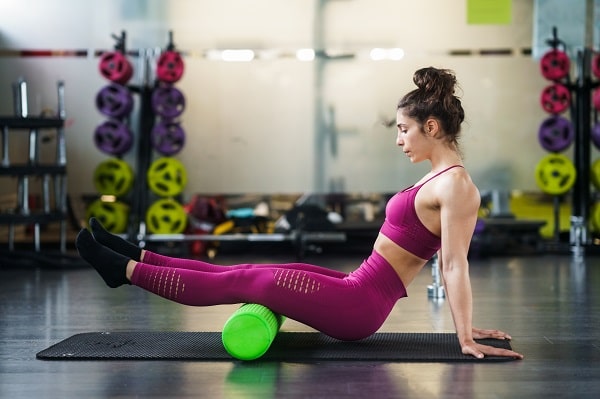
This is a massage substitute. In case you do not have the time and money to invest in a massage, foam rollers are a great alternative. They are cheap and straightforward to use. Foam rollers use a technique called Self-Myofascial release. It uses pressure and targets the connective tissue covering the muscle.
Put the roller on the floor, and with the help of your body pressure, roll back and forth. You can also target specific areas where you experience acute soreness. It can take some getting used to, but it will be worth the time and patience. Make sure that before using the foam roller, your body has returned to its average temperature.
Essential Oils
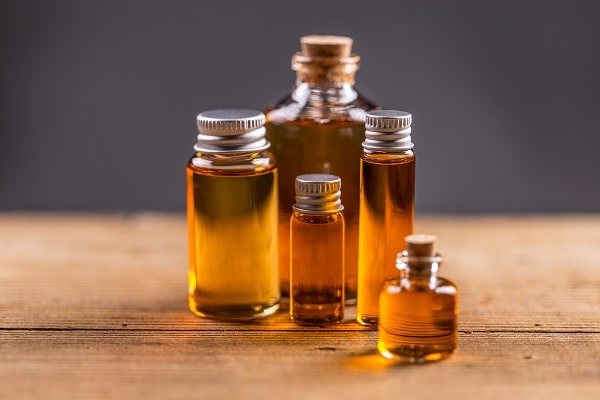
Essential oils are compounds extracted from plants. They are anti-inflammatory and analgesic in nature, which makes them an excellent cure for sore muscles.
Eucalyptus oil- helps alleviate tension and reduce swelling. Add a few drops of eucalyptus oil to your bath, and it will help relax your muscles.
Vetiver oil– has a calming and stabilizing effect and is a natural antispasmodic that helps prevent muscle spasms. It also helps in relieving stiff joints.
Remember, essential oils should be used with carrier oils such as coconut oil, almond oil, and sesame oil. You can mix a few drops of essential oil with a carrier oil, heat the mixture, and massage on your site spots.
Get Plenty of Rest

Another important tip is to get plenty of rest. Our muscles need to relax. If you’re not getting adequate rest, it can result in severe muscle damage such as muscle pull or muscle tear. Get at least 6-8 hours of sleep every night and give yourself one full rest day every week. So make sure to prioritize your sleep as much as you prioritize your workout.
Keep on Going

The beginning of any journey is tough, but it tends to become more manageable as you keep going. The starting days of your workout will be tough, your muscles are sure to hurt, but it will get better. With constant exercise, your muscles will loosen up, and gradually you will stop feeling any soreness.
Some additional tips
- Keep yourself hydrated.
- Take hot Epsom salt baths.
- Taking antioxidant supplements such as fish oil and curcumin.
- Eat anti-inflammatory foods.
- Wearing a pressure garment can help prevent symptoms from worsening.
- Apple cider vinegar can also be beneficial. You can either drink apple cider vinegar or apply it to the sore area and massage.
- Try adding in a few of these to your routine to ease your sore muscles. You may see some tips that you have already incorporated, but you can always try new ones and mix things up to see what gives you the best result.
